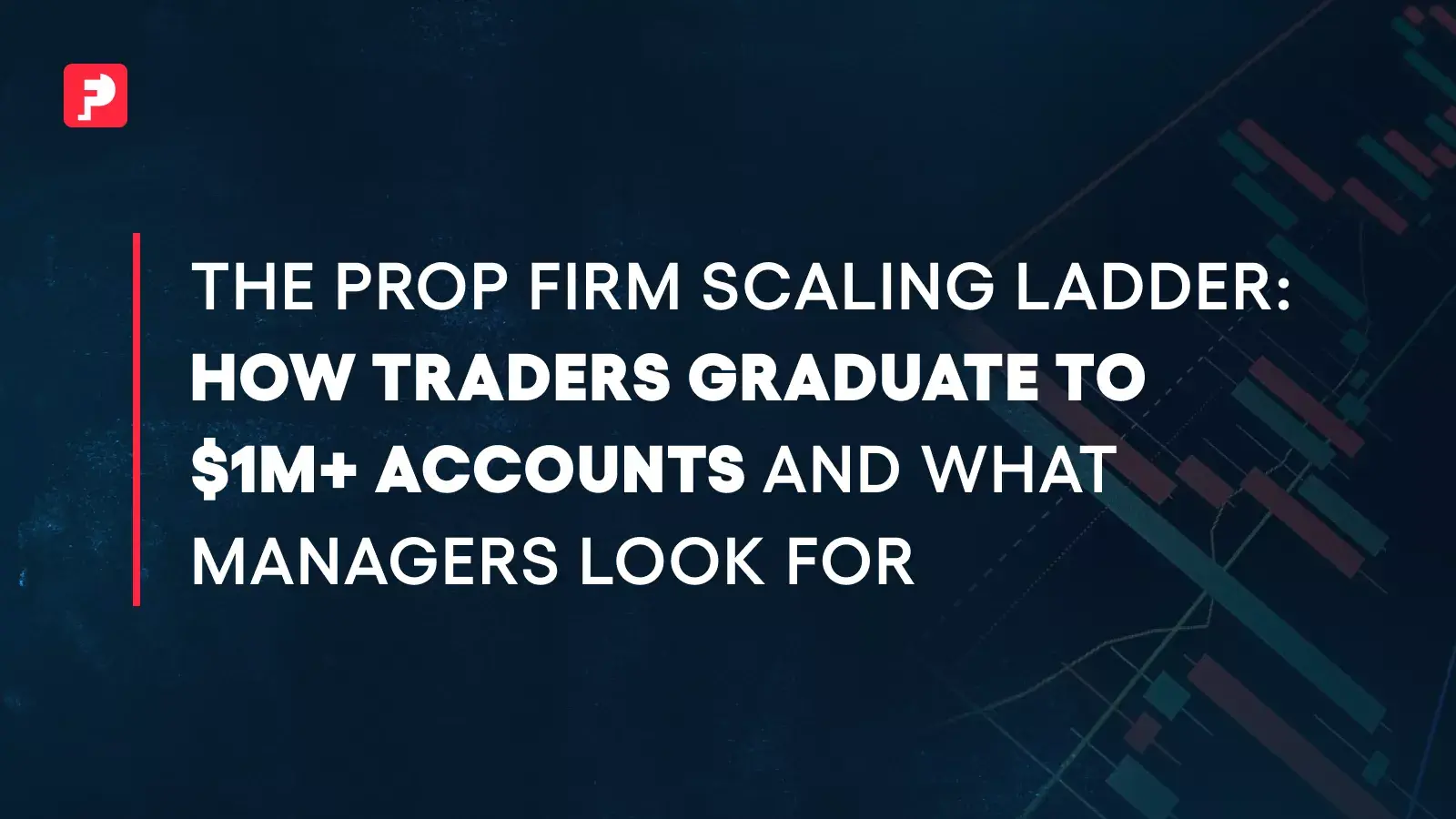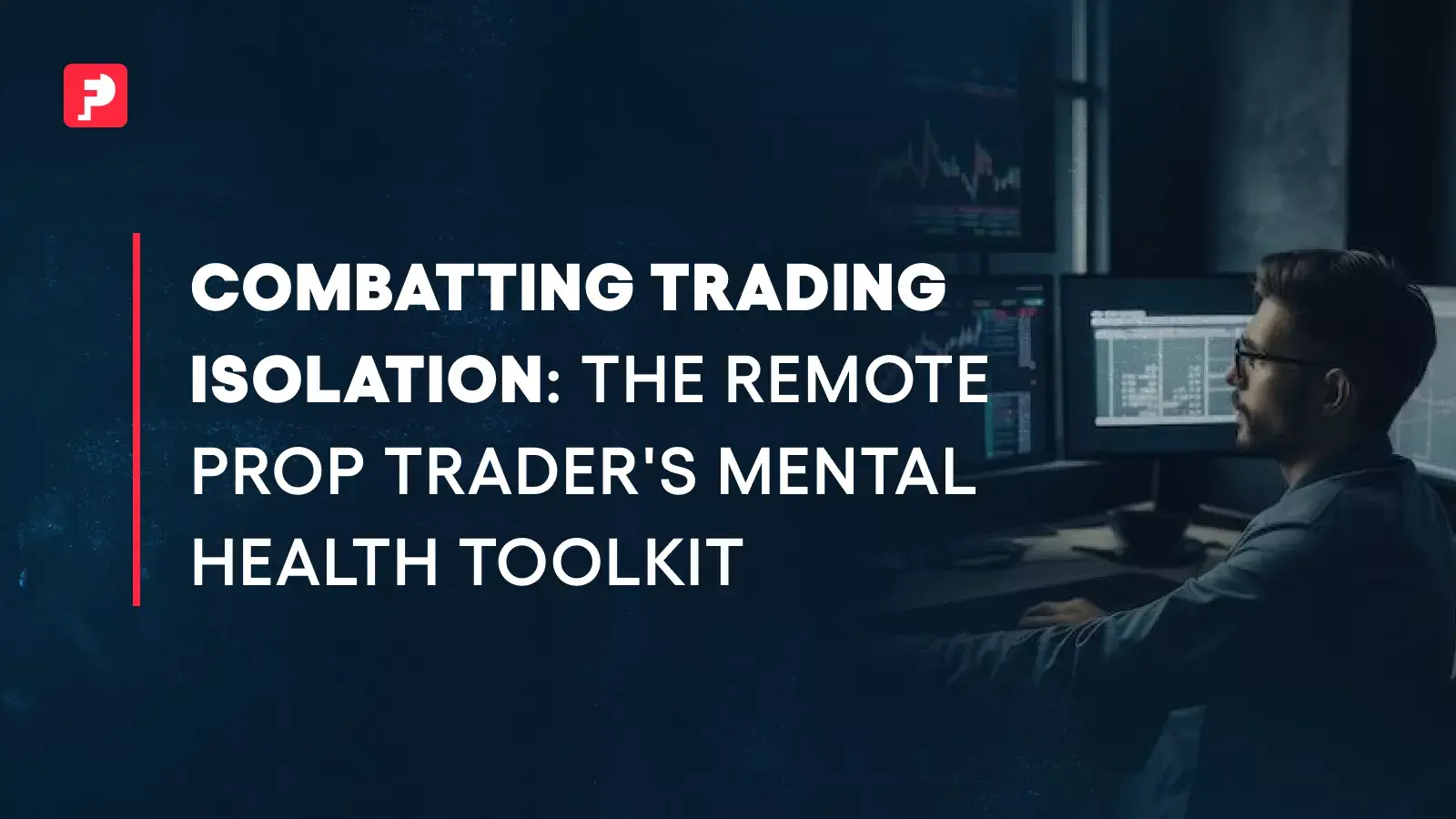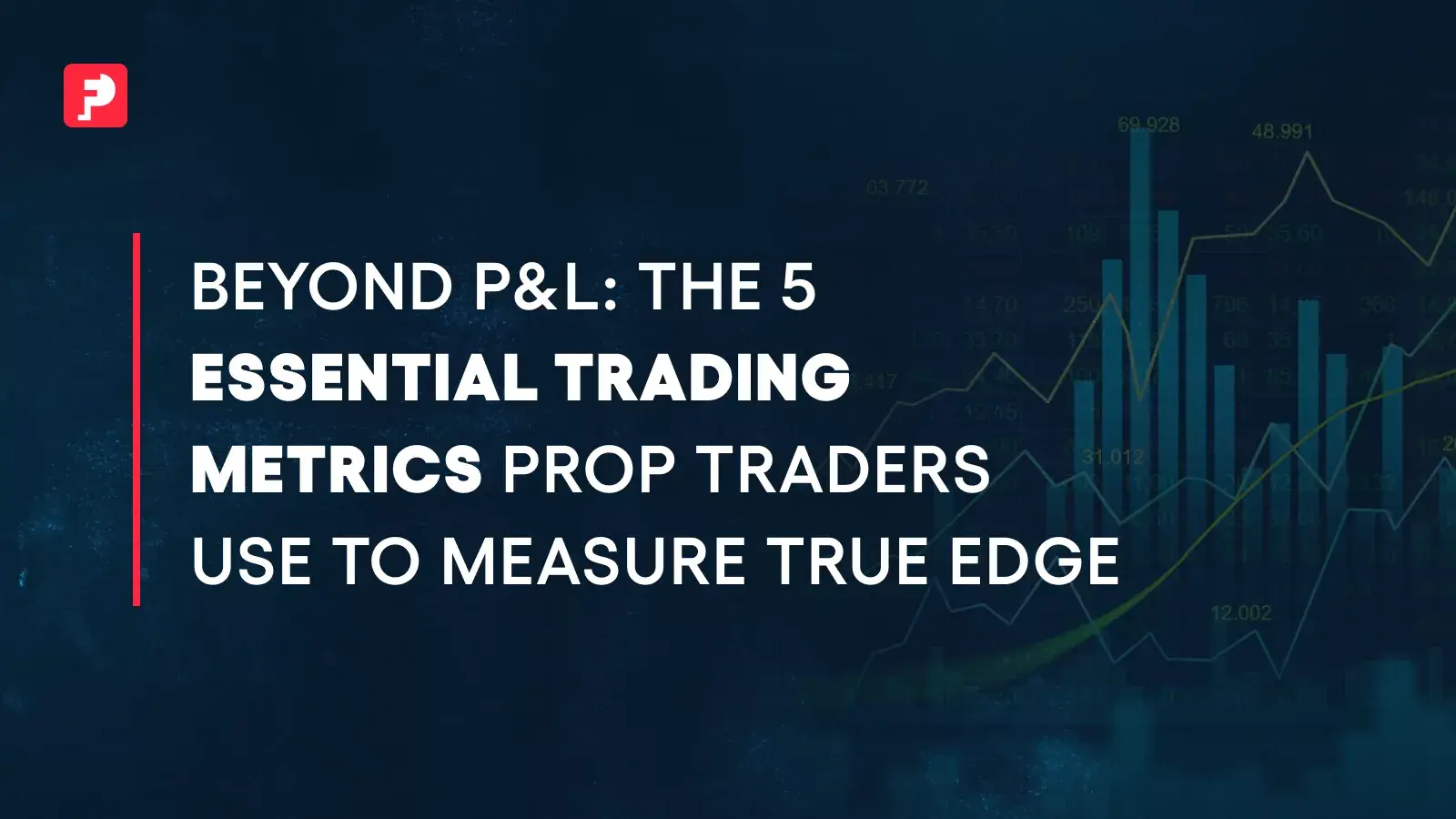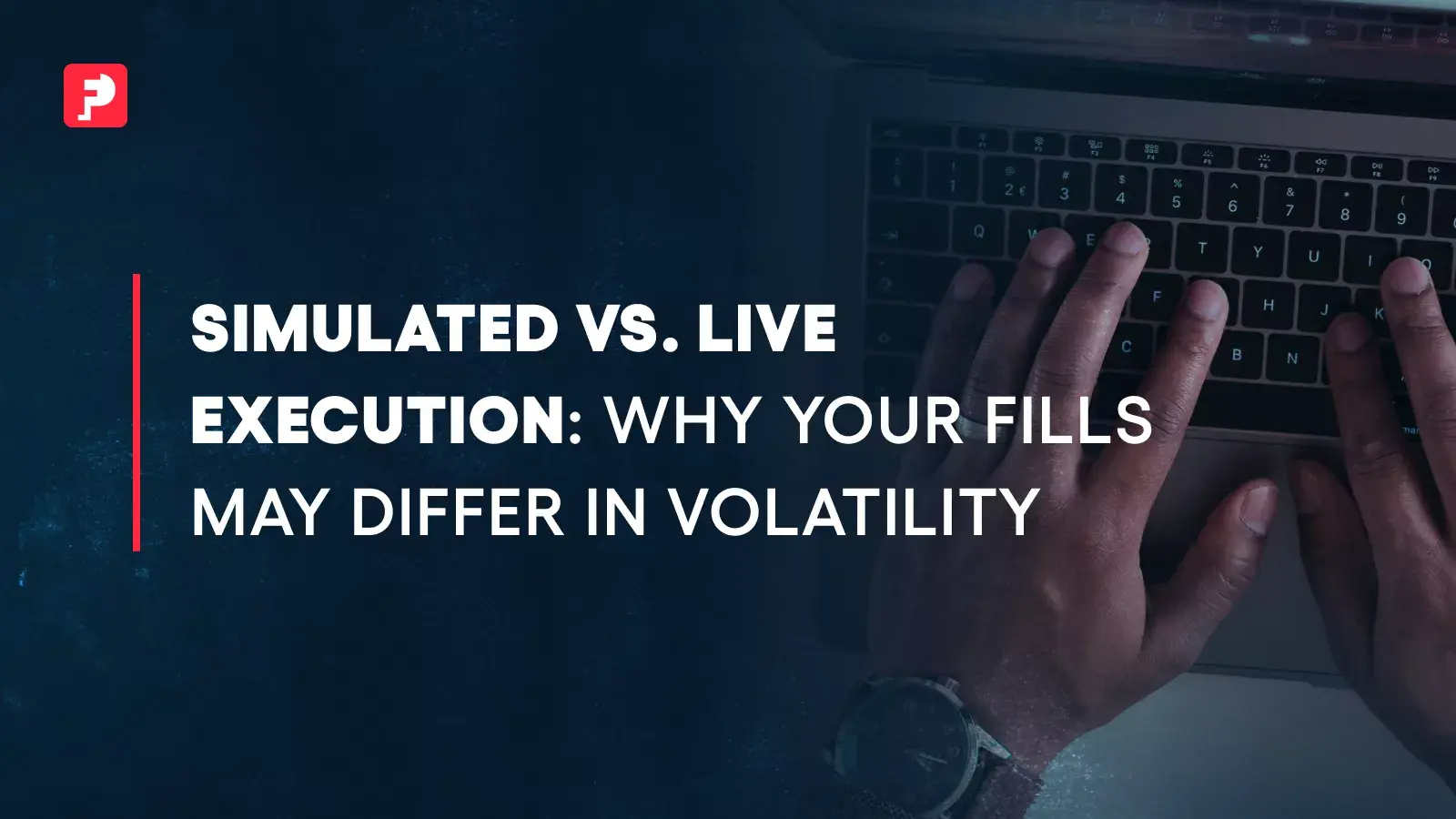Key Takeaways:
- What is an STP Broker?
- How does straight-through processing work?
- What are the advantages of using an STP broker?
Background of STP
In 1973, the United States withdrew from Vietnam, the Miami Dolphins won the Super Bowl, and the first recorded electronic trade took place. This was the year in which the International Money Market (IMM) introduced currency futures trading onto its electronic trading platform, and a new era for forex was born.
With the rise of electronic trading in the 1990s, a new type of broker emerged that used technology to automate the trade execution process and eliminate the potential for conflicts of interest. These new brokers were known as STP brokers, and they used
Electronic Communication Networks (ECNs) to provide their clients with direct market access and faster trade execution speeds.
What Is an STP broker?
STP stands for “straight-through processing.” STP brokers are a type of no-dealing desk broker whereby trades are sent automatically to the market. The precursors to STP brokers were the traditional dealing desk brokers, who would execute trades on behalf of clients by manually quoting prices and taking the opposite side of the trade. This process involved a significant amount of human intervention and was subject to potential conflicts of interest, such as the dealing desk broker profiting from the client’s losses.
While the IMM’s electronic trading platform was a significant step forward in forex trading, it was primarily used by institutional traders, and most forex trading was still conducted over the phone or in person at the time. It was not until the internet reached households in the 1990s that your average retail trader could access electronic forex trading.
Matchbook FX was the first retail forex broker to offer online trading, launching its platform in 1996. However, it was only in the 2000s that online forex trading became widely available. Today, the vast majority of forex trading is conducted electronically over the Internet. It remains a driving feature: anyone of age with access to the internet can begin trading in the largest financial market in the world worth $1.93 quadrillion.
How Does Straight-through Processing Work?
STP (Straight Through Processing) is a method used by forex brokers to automatically process and execute trades without manual intervention. An STP broker provides traders with direct access to liquidity providers, such as banks or other financial institutions, without any interference or manipulation of prices. By connecting traders with liquidity providers, STP brokers can offer faster execution speeds, lower trading costs, and tighter spreads than traditional brokers.
STP brokers typically operate on a non-dealing desk (NDD) model, which means they do not take positions against their clients. Instead, they simply facilitate trades between buyers and sellers, earning a commission on each transaction.
Here Is How STP Works in Forex
- The trader places an order: The trader submits an order to the broker, indicating the currency pair, the trade size, and the desired price.
- The order is forwarded to liquidity providers: The broker forwards the order to liquidity providers, which can include banks, financial institutions, or other brokers.
- The best available price is selected: The liquidity providers respond with their best available prices for the currency pair, and the broker selects the best price.
- The trade is executed: Once the best price is selected, the trade is executed automatically and without any manual intervention.
- The broker earns a commission: The broker earns a commission on each trade, which is typically a small percentage of the trade size.
Overall, STP provides traders with access to direct market pricing and faster trade execution, resulting in tighter spreads and lower trading costs. Additionally, STP brokers can offer greater transparency in pricing and execution, as trades are executed directly with liquidity providers.
What Are The Advantages of Using an STP Broker?
Forex traders are increasingly turning to STP brokers and for good reason. There are numerous advantages to trading through an STP broker, namely:
- Faster execution speeds: STP brokers use automated systems to execute trades, which can result in faster order processing times and reduced latency.
- Better pricing: Traders using STP brokers access direct market pricing, which can result in tighter spreads and lower trading costs.
- No conflicts of interest: STP brokers operate on a non-dealing desk (NDD) model, which means they do not take positions against their clients. This eliminates the conflicts of interest that can arise with traditional brokers.
- Transparency: Trades are executed directly with liquidity providers, meaning greater transparency in pricing and execution.
- Improved order fills: Traders connect directly with liquidity providers and eliminate the need for manual intervention.
- Access to deep liquidity: STP brokers can provide traders with access to deep liquidity pools, which can result in better pricing and improved execution.
Overall, using an STP broker can provide forex traders with a more transparent, fair, and efficient trading environment, as compared to traditional brokers.
STP Vs. Desk Dealing Brokers
History is no stranger to desk-dealing brokers filing for bankruptcy. It is true that desk-dealing brokers can provide a more personal experience to investors and greater flexibility to forex traders in terms of lot sizes and assets on offer. Traditional brokers have been known, however, to promote self-interest over that of their clients.
A Few Examples
- Refco: In 2005, Refco, one of the largest futures brokers in the world, collapsed after it was revealed that its CEO, Phillip Bennett, had hidden $430 million in losses from investors. Refco had been one of the biggest names in the industry, but its downfall led to the largest bankruptcy in the history of the futures industry.
- MF Global: In 2011, MF Global, a brokerage firm that specialized in trading futures and options, filed for bankruptcy after it was discovered that the company had used customer funds to cover its losses. The firm had been led by former New Jersey Governor Jon Corzine, who resigned in the wake of the scandal.
- Peregrine Financial Group: In 2012, Peregrine Financial Group, a futures broker, filed for bankruptcy after it was revealed that the company’s CEO, Russell Wasendorf Sr., had embezzled more than $200 million from customers over a period of 20 years. Wasendorf was sentenced to 50 years in prison for his role in the fraud.
These examples illustrate the potential risks of desk dealing brokers, as they can take the opposite side of their clients’ trades and may be subject to conflicts of interest. Increasingly, forex traders are looking to invest via STP brokers as a way to circumvent any conflicts of interest.
What Is Next for STP?
In 2019, a report by Finance Magnates announced that STP brokers accounted for an estimated 45% of the retail forex market. That was a marked increase over previous years and is likely to be higher still today as more traders have become aware of the benefits of using STP brokers.
As technology continues to evolve, STP brokers will likely incorporate more advanced tools and systems to improve the speed and accuracy of trade execution. This may include the use of artificial intelligence (AI) and machine learning (ML) algorithms to analyze market data and provide more accurate pricing and trade execution.
Increased competition in the forex market will also drive the development of new STP technologies and tools, and brokers will focus on faster latency and more efficient trading.
Overall, the future of STP in forex is likely to be characterized by continued innovation and competition, as well as a greater focus on transparency and efficiency in the fast-paced forex market.
Ready to take the challenge? Sign Up Now.






